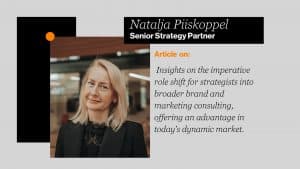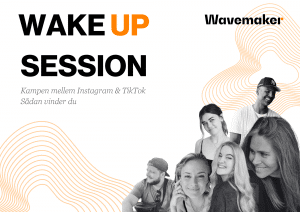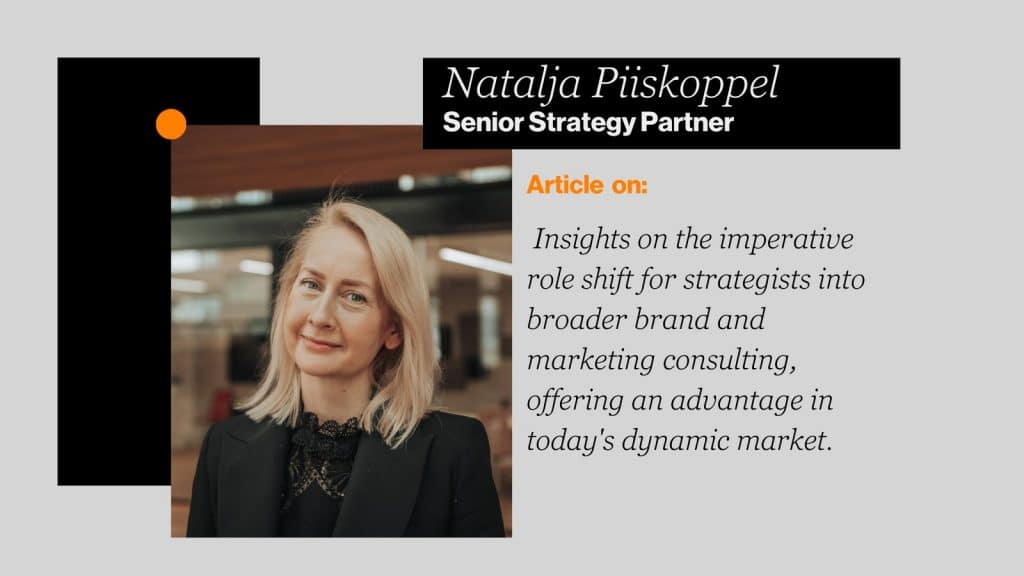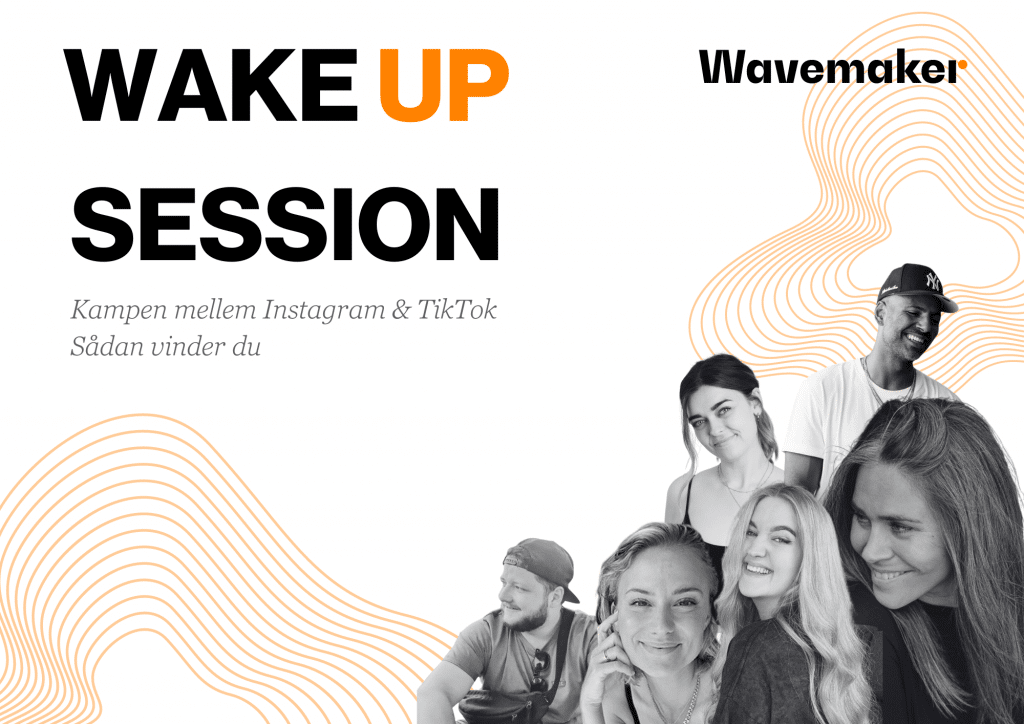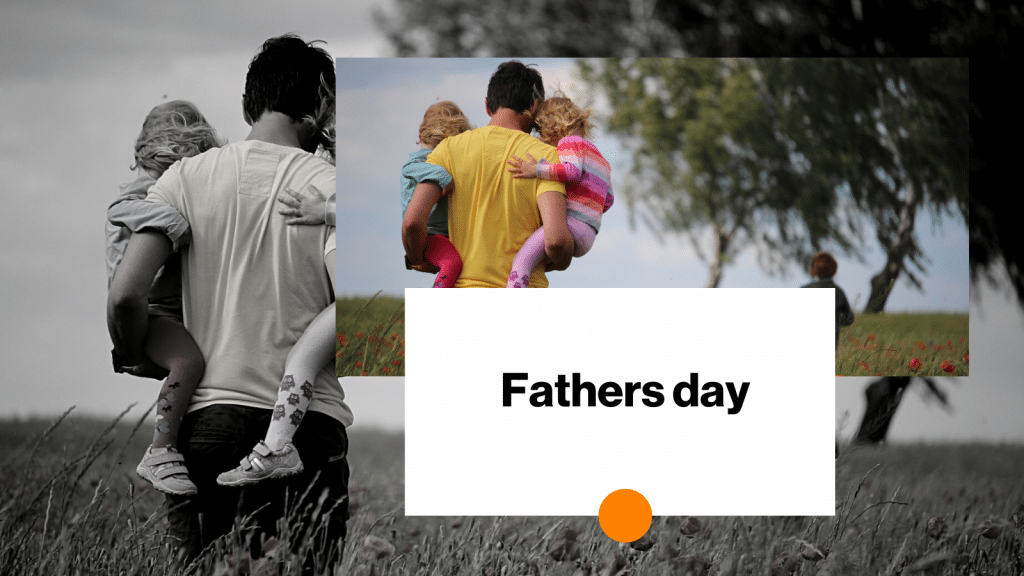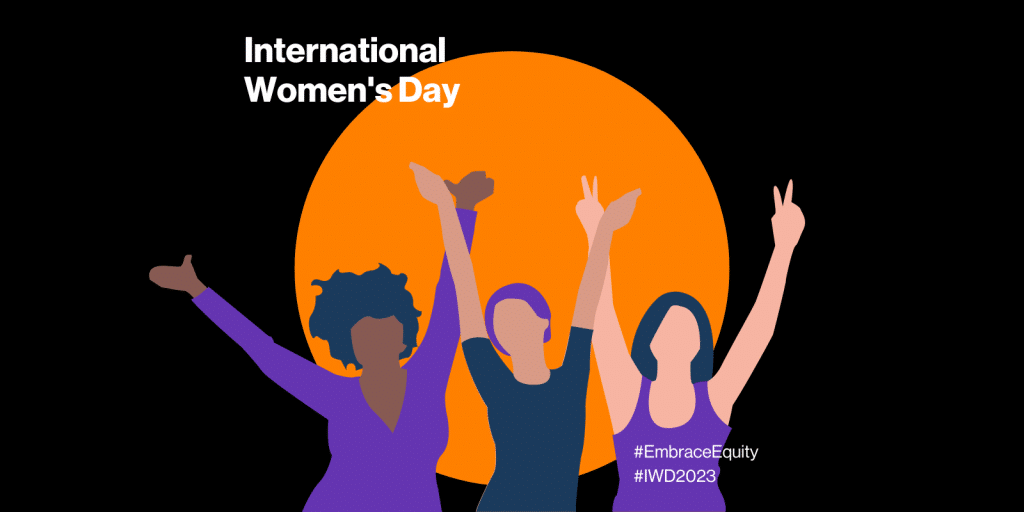How AI can supercharge the CMO skillset
Matthew Cox
Source: WARC Exclusive, December 2023
Matthew Cox, Wavemaker, demonstrates how Lean principles, combined with AI’s analytical capabilities, can revolutionise marketing strategies, fostering agility, precision and consumer-centricity.
- While the core goals of advertising remain unchanged, the tools have evolved immensely.
- Alongside art and copy, technology – particularly AI – can revolutionize an industry that has struggled recently to replicate the growth of previous eras.
- The article details how AI makes lean methodologies even more powerful and a great partner for the CMO of the future.
- And offers five actionable ways CMOs can integrate Lean principles and AI thinking.
Why owned channels matter
CMOs need to demonstrate their value more broadly across their brands, becoming interoperable across the organization. The considered use of AI tools can empower CMOs to be more agile, productive and creative, making a broader and more effective impact in their role.
Takeaways
- Marketing processes are often too slow and siloed, and focused on organising information than acting on imagination.
- The integration of AI with Lean Methodologies creates a future where marketing activities can not only be more targeted and adaptive but also more effective in resonating with audiences across a brand’s total ecosystem.
- Fostering a more collaborative and data-driven relationship between advertisers and agencies, CMOs can use AI to facilitate:
- Rapid prototyping with AI Insights
- Dynamic consumer engagement analysis
- Adaptive content personalisation
- Predictive market analysis
- Collaborative AI-driven workspaces
- Lean principles, combined with AI’s analytical capabilities, can revolutionise marketing strategies, enabling agility, precision and consumer-centricity.
AI allows us to think and make with very little friction, as we go from the information age to the imagination age. I’m optimistic about the creative value this shift can bring to my work.
The issue with our current processes is they are too slow and focus more on organising information than acting on imagination. The ways of working I see across the marketing industry just don’t keep up with the challenges we are solving.
This is particularly important for CMOs across the industry, to not just keep up with change and act upon it but be able to then demonstrate value beyond siloed areas of the business. I have previously labeled this as interoperability – making the transition from storytellers to system designers.
But what kind of process should CMO’s be operating with to make this transition?
As Scott Galloway said it’s not by following old advertising processes – Scott likes to be dramatic, but I do enjoy his vibe at times:
“If you’re the CMO that shows up and says ‘I need more budget so that I can do a brand identity study, can spend money on advertising and get invited to great conferences and hang out with people who are more interesting and better looking than me by spending media dollars that are less and less impactful’ then you’re like the second lieutenant in Vietnam – you’re dead in 18 months or less,” he said.
CMOs essentially need to be hands-on thinkers and makers, not people who have a copy of ‘How Brands Grow’ on their desk and then ask others to trust the process.
I feel like the marketing industry has been pretty slow to adopt the Silicon Valley-inspired approach that emphasises rapid iteration based on consumer feedback as unpacked in “The Lean Startup” and “The Lean Brand“. When I entered the industry, I naively thought the lean way of getting solutions to outpace change would be the new normal, but it was more seen as a way for CMOs to better manage budget than a process to get ahead of change.
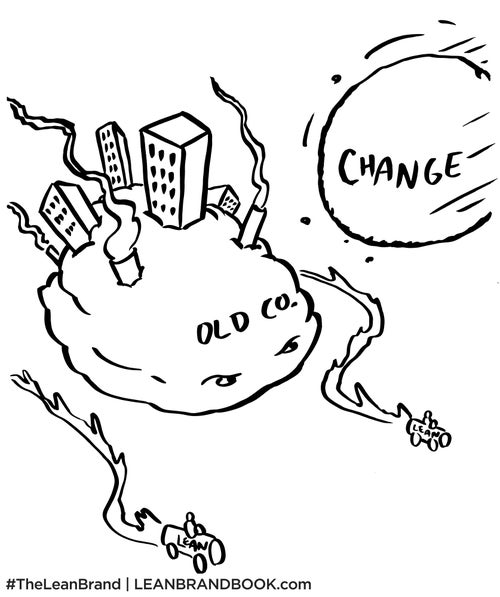
Expanding the Toolkit
While the core goals of advertising remain unchanged, the tools have evolved immensely. Alongside art and copy, technology – particularly AI – can revolutionize an industry that has struggled recently to replicate the growth of previous eras. AI algorithms can now tailor advertisements based on individual user behavior, ensuring more personalized and effective campaigns. But I believe it’s not all about new-fangled efficiency, it can get us to more creative places –- we can become more human, reigniting a fresh childhood mindset.
Let’s explore why AI makes lean methodologies even more powerful and a great partner for the CMO of the future:
1. Redefining Lean Methodology with AI:
The incorporation of AI into Lean Methodology transforms it into a more dynamic and responsive framework. AI enhances the Lean approach by facilitating rapid ideation, decision-making, and process optimisation with minimal friction. This integration is crucial as traditional processes often struggle to keep pace with the rapidly evolving technological landscape.
2. Breaking departmental silos:
As previously discussed, CMOs should transcend traditional marketing processes to integrate effectively with other departments, especially in keeping up with technological advancements. AI plays a pivotal role in this by providing insights and tools that foster cross-departmental collaboration and understanding.
3. Embracing Silicon Valley-inspired approaches:
The marketing industry has been somewhat slow in adopting rapid iteration and consumer feedback-focused strategies, commonly seen in Silicon Valley. However, as marketing dynamics shift, there’s a growing need for CMOs to adopt these agile, feedback-driven approaches – especially to make their thinking interoperable and get out of PPT presentation mode.
4. Using AI to enhance marketing strategy:
- Insight and Strategy: Using AI to aid in generating insights, accelerating strategic decision-making, and transforming traditional ideation processes.
- Prototype Development: AI can enable a quicker transition from concepts to prototypes, essential in strategic foresight and competitive analysis.
- Experimentation and idea generation: AI’s role in experimentation and idea generation can push the boundaries of creative thinking and innovation in advertising.
- Industry applications: Real-world applications in AI-driven advertising have demonstrated significant impacts across various sectors. Examples at my agency have included personalised, automated content through synthetic voice for a beauty brand, leveraging conversational AI to stay relevant among new generations for a national brand, and scaling celebrity engagement through personalised content for an alcohol brand.
5. Expanding the toolkit for creativity and efficiency:
AI doesn’t just bring efficiency; it opens doors to creative exploration. The integration of AI with traditional art and copy expands the tools available to CMOs, allowing for more personalised and effective campaigns.
6. Agile creativity in the age of AI:
Being ready to fail quickly is a mantra in the tech industry. AI takes this a step further by identifying potential pitfalls even before they occur. AI’s predictive capabilities enable marketers to identify potential pitfalls and successes in advance, facilitating faster and more informed decision-making. Concepts like the ‘minimum viable product’ from “The Lean Startup” can be adapted to advertising as ‘minimum viable campaigns’, refined based on real-time feedback or synthetic data.
7. Drafting an MVB with AI:
The ‘minimum viable brief’ (MVB) can serve as a dynamic foundation for marketing output. AI tools can augment the MVB by rapidly analyzing market trends, competitor campaigns, and consumer sentiment. Instead of relying solely on traditional methods like focus groups, AI-driven tools like sentiment analysis and predictive analytics provide richer, more timely insights. Not fully replacing existing processes but cultivating their growth.
8. Listening with machine precision:
Post-launch, AI analysis of user engagement metrics can enable continuous optimisation of campaigns or whatever other activity is being tested. By analyzing user engagement metrics, AI can quickly offer insights into which aspects of a campaign are resonating and which aren’t. This ensures that strategies are continually optimized for the target audience.
9. Balancing consistency and adaptability:
Brands must remain consistent, but in a world driven by rapid technological advancements, they also need to be adaptable. AI ensures that while campaigns evolve based on real-time feedback, they don’t drift from the brand’s core values. This balance between consistency and adaptability is crucial for brand longevity.
10. Navigating AI responsibly:
It’s crucial to address challenges like bias in data, copyright issues and the ethical use of AI.
It is worth just dwelling on this final point. I’m not promoting handing over any responsibilities to AI, the focus is how we can leverage AI to better organise the information we have access to, supercharging the value of our imaginations.
It’s important for humans to be in full control of where AI is used and why for a few reasons:
- Bias in data and prompts: AI systems are only as unbiased as the data they are trained on.
- Copyright and intellectual property concerns: AI’s ability to generate content based on existing data raises copyright issues.
- Verification before public use: Any content or strategy developed using AI should be thoroughly vetted before public release.
- Transparency and ethical use: Maintaining transparency about the use of AI in advertising campaigns is crucial for building trust with consumers.
Conclusion and actionable steps
The integration of AI with Lean Methodologies creates a future where marketing activities can not only be more targeted and adaptive but also more effective in resonating with audiences across a brand’s total ecosystem. This leads to a closer synergy between agencies and clients to get from thinking to making without friction, fostering a more collaborative and data-driven relationship giving access to data and feedback that previously would require years of relationship building.
To close, here are five actionable ways for a CMO to integrate Lean principles and AI thinking:
Rapid prototyping with AI Insights
- Lean Approach: Start with creating a ‘minimum viable campaign’ (MVC) that captures the essence of what you want to communicate.
- AI Integration: Use AI-driven analytics to assess the potential success of the MVC by analyzing similar past campaigns, industry benchmarks, and predicted consumer behavior. Refine the campaign based on AI insights before full-scale launch. Don’t just follow the machine but use it as a soundboard to make your idea better outside of your echo-chamber.
Dynamic consumer engagement analysis
- Lean Approach: Implement a continuous feedback loop where you gather, assess and act on consumer feedback regularly.
- AI Integration: Deploy AI tools to monitor consumer engagement in real-time. This includes sentiment analysis on social media, click-through rates on digital ads and purchase behaviors. AI can identify patterns faster and recommend immediate course correction, this helps save time as part of project sprints to get you to strategic decision-making stages more efficiently.
Adaptive content personalisation
- Lean Approach: Create flexible content modules that can be mixed and matched based on consumer profiles.
- AI Integration: Use AI algorithms to dynamically tailor content to individual users. For instance, AI can analyze a user’s past interactions with the brand and serve content that aligns with their interests, leading to more personalized consumer experiences. This isn’t anything new, but we can now do it much better.
Predictive market analysis
- Lean Approach: Instead of investing heavily in extensive market research upfront, start with a basic understanding and refine as you learn more.
- AI Integration: Utilise AI-driven market analysis tools that predict upcoming trends based on current data, historical data, and broader market movements. This helps the brand stay ahead of the curve and adapt its strategies proactively. This really helps bring performance and brand marketing together, combining their strengths and weaknesses.
Collaborative AI-driven workspaces
- Lean Approach: Emphasise cross-functional collaboration where teams from different departments work together from the inception of a campaign.
- AI Integration: Implement AI-driven collaborative tools that offer insights during brainstorming sessions, suggest optimizations in real-time during campaign development, and ensure that all team members have access to the latest data-driven insights.
These steps demonstrate how Lean principles, combined with AI’s analytical capabilities, can revolutionise marketing strategies, fostering agility, precision, and consumer-centricity.
So maybe it’s worth rethinking the value Lean Methodologies can provide in the imagination age.
About the author
Matthew Cox is a brand, communications, and customer experience strategist at Wavemaker Denmark. With over a decade of experience, including stints with The Walt Disney Company where he pulls a lot of his inspiration, he specialises in translating brand visions into tangible experiences at scale.

